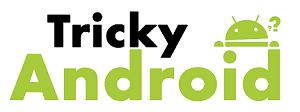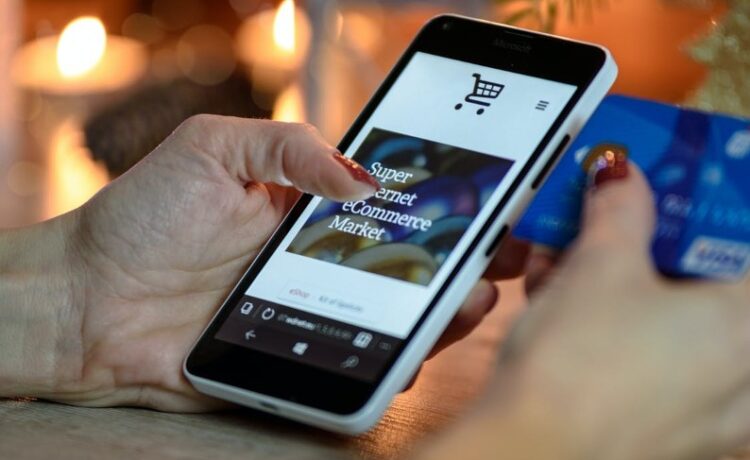E-commerce is one of the world’s biggest industries and likely the fastest growing one. Consumers spent $933 billion on e-commerce sites in 2021. However, just having an e-commerce store on your site isn’t enough. You need to create a memorable user experience which is why many businesses spend a good chunk of their budget on it. Product page design is one of the most common demands website designers get. But what do you need to include in it, and what do you prioritize? Let’s take a look!
What is a Product Page?
A product page is a website page meant to sell a specific product or service. Other website pages, such as the home page or the about us page, are largely informational, whereas the project page must be informative and persuasive. As a business, you want a customer to come to your website and leave only after clicking the “Add to Cart” and the “Checkout” buttons. This is why a product page, even though it might sound simple, it’s always a challenge. A well-designed website can increase visit to order conversion rate by 200%. In addition, an aesthetic choice can help get the product off the screen and into the hands of your customers. This is why any website that sells a product or service online needs to have an attractive product page.
The Product Page Checklist
- Find the Right Software or Hire a Web Designer
To start the design process, you need to list out the necessary features. Most website designers use pen and paper sketches to have a general idea of how the elements will work together. Next, they make a skeletal representation, known as the wireframe, to get the page structure down. When they have a wireframe, they move on to make sophisticated mockups for a more accurate representation. You can do this yourself, but you must pick the right software and prototyping app to get that representation. You can also leave this part to professional web designers.
- Template-Based Layout Approach
If you have hundreds of products, designing a product page for every single one is not feasible because of the time and effort it will consume. Instead, web designers use the template-based layout, which makes creating product pages easy because you only need to copy and paste the content. Template-based layouts are popular for complete websites, considering that out of the top 10 million websites worldwide, 30% of them were made using a website-building tool. But you can utilize it just for the product page.
You can use the same template for all product pages, or you could slightly alter it for different categories. For example, some businesses have products with different color variations, so they design the color scheme of the product page to match. This uses the same layout but, due to color differences, will have a unique look. Even if you’re using a template-based layout, you’ll need to commit to planning. Product pages under the same category have some consistent aspects of the product:
- Number of images
- Features
- Testimonials
- Disclaimers
- Q&As
- Keep the Design the Same as the Rest of the Site
Product pages should never be designed in isolation; they must integrate the design and feel of the rest of the website. Consistency isn’t just key for branding but also for website design. It’s also important for a product page. If you have discordant product pages, your website will look less trustworthy to a visitor. If you’ve added product pages after working on your branding, you need to ensure they’re not contrasting what you’ve already done. For example, if your branding has black and white filters and you start making product pages emphasizing the color, it will look off-brand. This is why e-commerce businesses should always start the web and product page design process simultaneously.
- Prioritize Select Information
Home pages, about us pages, etc., are more informational because it needs to describe what the brand is and what they stand for. However, a product has concise information because the focus needs to be on that particular product. What information you prioritize depends on the product. For example, if you’re selling a health drink powder, you’ll need to add its features, such as flavors and what benefits it offers. That’s not to say you can’t add any secondary information. An important technique to add both and still have priority is to add any secondary information as condensed or collapsed content. About 70% of the shopping carts end up abandoned, so don’t shy away from highlighting extra benefits on your product page to ensure the customer does check out.
- Make Use of Images
If you have a product page, you need images on it. How else will your customers know or, more importantly, see what they’re buying? People are more likely to buy a visually appealing product; if they’re buying through your website, they can only go off images. So use the images to tell a story and make your product more attention-grabbing.
Top Professional Design Services in Miami
A website is extremely helpful in customer acquisition and retention, but only if you have a good website. If you’re looking for professional design services to get a product page design, The Netmen Corp can help. They have professional web designers with years of experience creating custom web designs.
In addition to web design services, they offer NFT illustrations, brochure designs, packaging designs, and more. Contact them for more information on their services, or check out their portfolio on their website.







